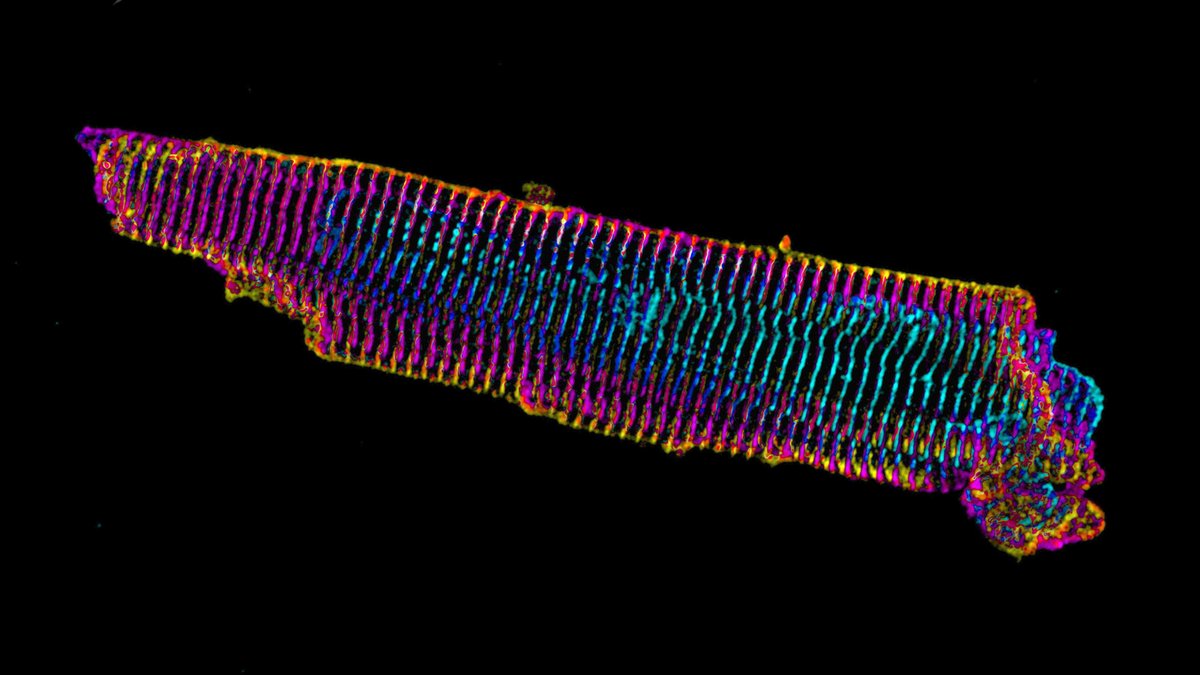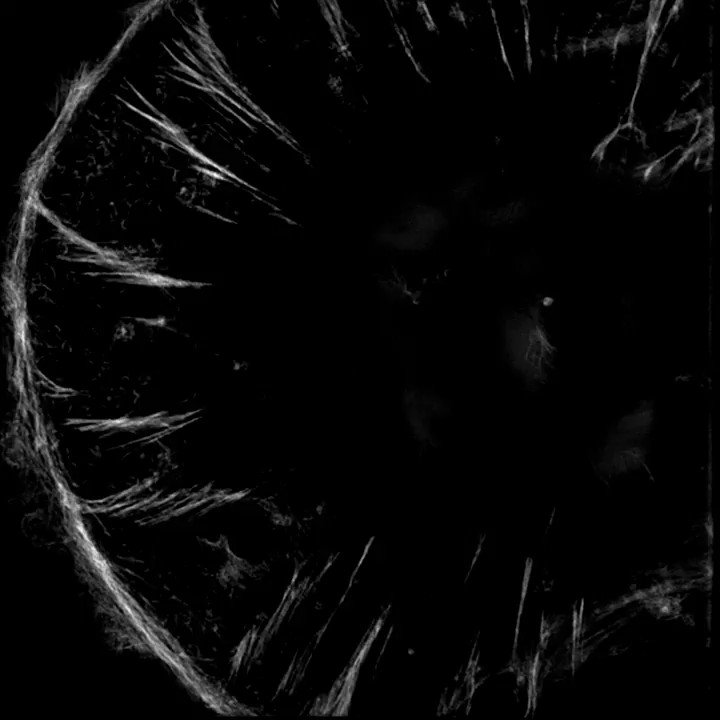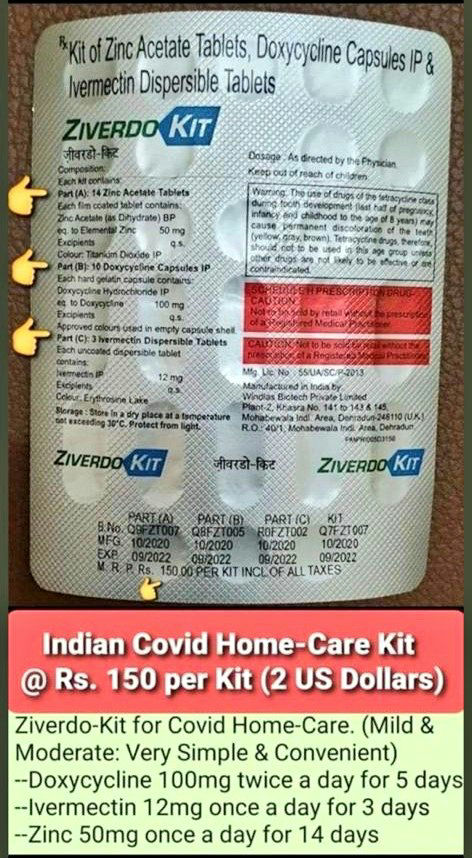Ready?
Incoming rant, but serious 😐.
https://t.co/dPsJILZkgP
It really and truly was high-intensity, aimed, microwave radiation that caused “Havana Syndrome” (permanent brain damage) in US and Canadian diplomats while they were stationed in Cuba and China in recent years.
Because it *does not matter* what the official intention was. The facts are:
1. Advanced technology was aimed at official US & CA diplomats.
2. Those diplomats were legally permitted, and expected, to be in those known locations while stationed in Cuba and China.
...
3. The devices aimed at our diplomats in Cuba and China were then deliberately and intentionally fired high-energy microwave payloads into the bodies of US and Canadian government officials who were not violating any agreement or law by merely being at these places.
In order to even begin claiming justification here, the theoretical crimes would have to have been so heinous and obvious as to require skipping all of those foundational steps of legitimate proceedings...
The bottom line is that commentary trying to brush aside these assaults on our diplomats and which attempts to sweep the well documented harm of this new form of attack under the rug, provides aid and cover for the enemy.
This scenario w/new tech now tries to achieve same goal w/out the unwanted parts.
There is no way to justify this harm to diplomats.
It is an abhorrent & unacceptable use of technology.
The answer here to this one should be unambiguous: That we reject the use of invisible, covertly deployed, unannounced, and unexpected weapons to inflict brain damage in the a target. Full stop.
Implementing defense, detection, and countermeasures against this new type of attack must be done...
The report I’ve attached (linked in first tweet at top) helps in getting past that first hurdle....
More from Health
Sarcomeres in cardiac myocytes (heart muscle cells) are mechanically coupled to focal adhesions through dorsal stress fiber-like structures. #cardiotwitter #CellBiology
1/13
A thread based on Figure 1
A mature adult cardiac myocyte is packed with sarcomeres, whose contractile forces are coupled to the extracellular environment. With sarcomeres so close to the plasma membrane, how can we study the nature of this coupling?
2/13

Short answer: find a model system where the sarcomeres are not so close to what the cardiac myocyte is attached to. Enter, iPS cell-derived cardiac myocytes. These are “immature” in culture as they resemble fetal or neonatal cardiac myocytes.
3/13

Our previous work on iPS cardiac myocytes reported that sarcomere containing myofibrils assembled on the top surface of the myocyte.
https://t.co/xIBCu3hG1W
4/13

The sarcomeres seemed to be connected to focal adhesions on the bottom of the cell by thin actin bundles that resembled the dorsal stress fibers (DSF) commonly found in non-muscle cells. This movie steps through a Z stack of a myocyte starting at the bottom of the cell.
5/13

1/13
A thread based on Figure 1
A mature adult cardiac myocyte is packed with sarcomeres, whose contractile forces are coupled to the extracellular environment. With sarcomeres so close to the plasma membrane, how can we study the nature of this coupling?
2/13

Short answer: find a model system where the sarcomeres are not so close to what the cardiac myocyte is attached to. Enter, iPS cell-derived cardiac myocytes. These are “immature” in culture as they resemble fetal or neonatal cardiac myocytes.
3/13

Our previous work on iPS cardiac myocytes reported that sarcomere containing myofibrils assembled on the top surface of the myocyte.
https://t.co/xIBCu3hG1W
4/13

The sarcomeres seemed to be connected to focal adhesions on the bottom of the cell by thin actin bundles that resembled the dorsal stress fibers (DSF) commonly found in non-muscle cells. This movie steps through a Z stack of a myocyte starting at the bottom of the cell.
5/13
























